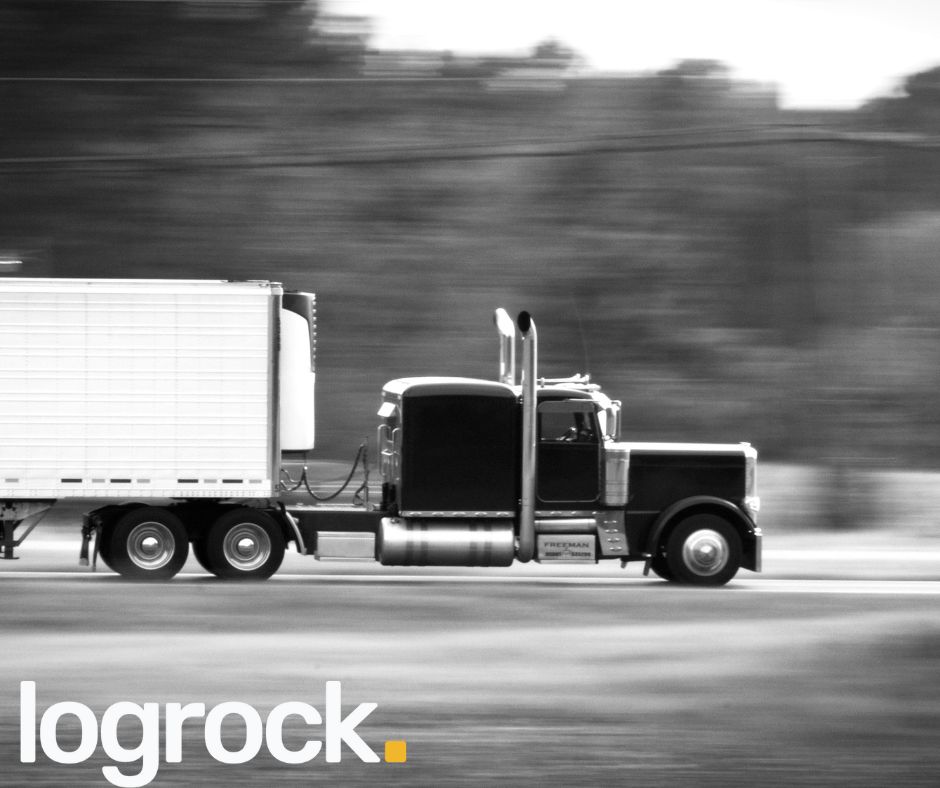Big changes are coming to the logistics world! Walmart, one of the largest retailers in the U.S., is taking a major step into the third-party logistics (3PL) industry with its new freight brokerage program. This expansion could shake up the way freight moves across the country, and it’s a game-changer for truckers and the trucking insurance industry.
At Logrock, we’re keeping an eye on these industry shifts, especially as they may impact the trucking insurance needs of fleets large and small. If you’re a carrier looking to get in on the action or just curious about how this all ties back to your business, here’s what you need to know.
What Walmart’s Freight Brokerage Means for Truckers
Walmart’s new freight brokerage initiative allows trucking companies to connect directly with their logistics network, giving them steady freight opportunities. Here’s a look at how this could affect your business:
More Opportunities to Move Freight 📦: With Walmart’s vast logistics infrastructure, there will be new freight to haul. But to be eligible, you need to meet specific requirements like operating a fleet of 10 to 1,000 trucks and meeting Walmart’s safety standards.
Increased Competition 🏁: As Walmart expands its footprint in the 3PL market, other shippers may start rethinking their logistics strategies. If you’re already part of their network or looking to join, be ready for more competition—and that means staying on top of your game in terms of safety and efficiency.
Cost-Effective Solutions 💰: Walmart’s ability to consolidate freight through its huge network might help you reduce transportation costs, making it easier to keep your trucks moving and your business profitable.
How Does This Impact Trucking Insurance?
With more freight moving through new channels like Walmart’s brokerage, truckers will need to stay prepared for the changing landscape—and that includes getting the right insurance coverage.
Higher Demand for Insurance: As more carriers participate in brokerage programs, the need for robust trucking insurance increases. You’ll need to ensure your policies are up to date to handle the influx of work, especially if you’re handling high-value loads.
Liability & Cargo Coverage: With Walmart’s specific requirements for liability insurance ($1 million) and cargo insurance ($100,000), now is the perfect time to review your coverage with LogRock Inc.. Are you carrying the proper amount of liability? Are your cargo insurance limits aligned with your freight?
Fleet Safety: Walmart’s program will also require carriers to meet safety standards and use smart devices for tracking. This could impact your insurance rates, as safer fleets typically receive lower premiums. Work with LogRock Inc. to ensure that your fleet is meeting these standards while maximizing savings on your premiums.
Why Logrock Is Here to Help
At Logrock, we specialize in trucking insurance solutions that evolve with the industry. As Walmart and other large players in the logistics space continue to innovate, we’re here to ensure your fleet is properly covered for the changes ahead.
Whether you’re joining a brokerage program or expanding your fleet, we’ve got your back with coverage tailored to meet your unique needs. From liability insurance to specialized cargo coverage, we’ll help you navigate the growing complexities of freight and logistics.
Stay Ahead with Logrock
Walmart’s shift into freight brokerage is just the beginning of a major transformation in the trucking industry. As the logistics world evolves, make sure you have the right insurance partner by your side. Logrock is here to ensure your fleet is secure, your business is compliant, and your bottom line is protected.
Get in touch with us today and let’s talk about how we can help you stay ahead of the curve!
